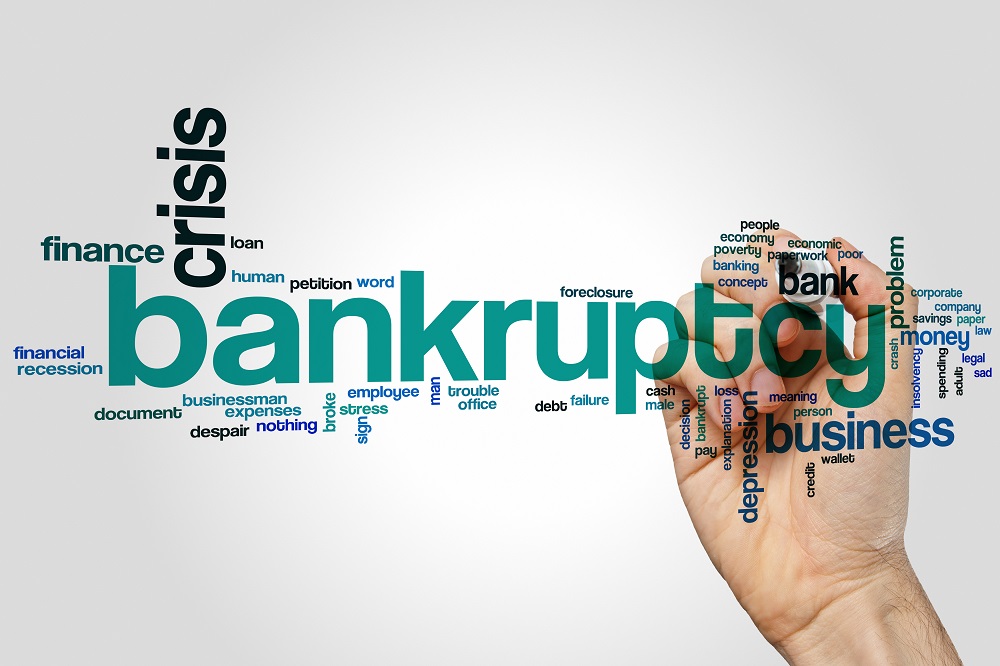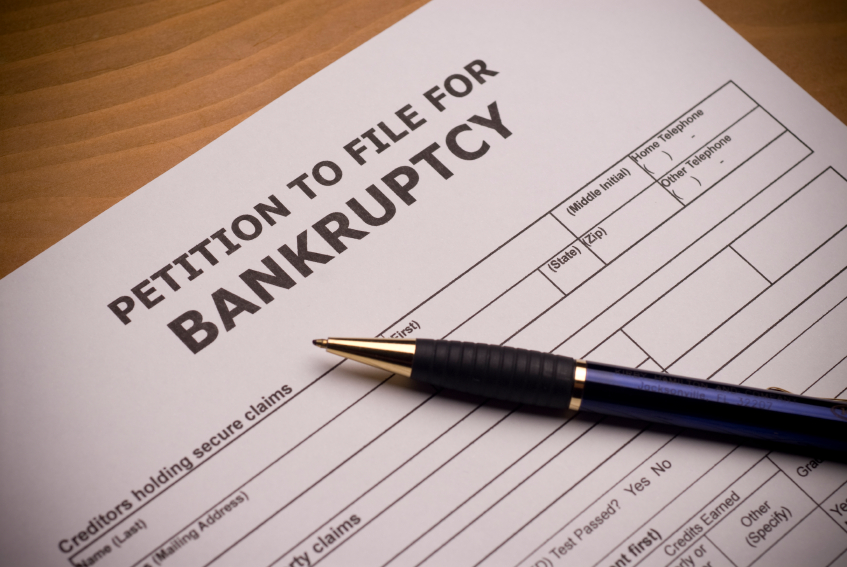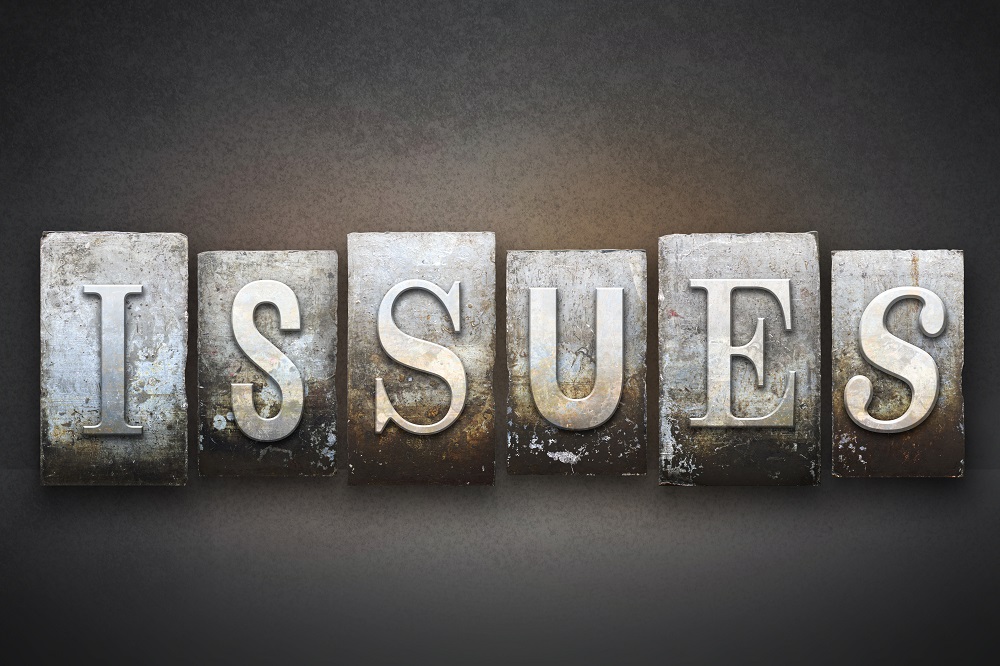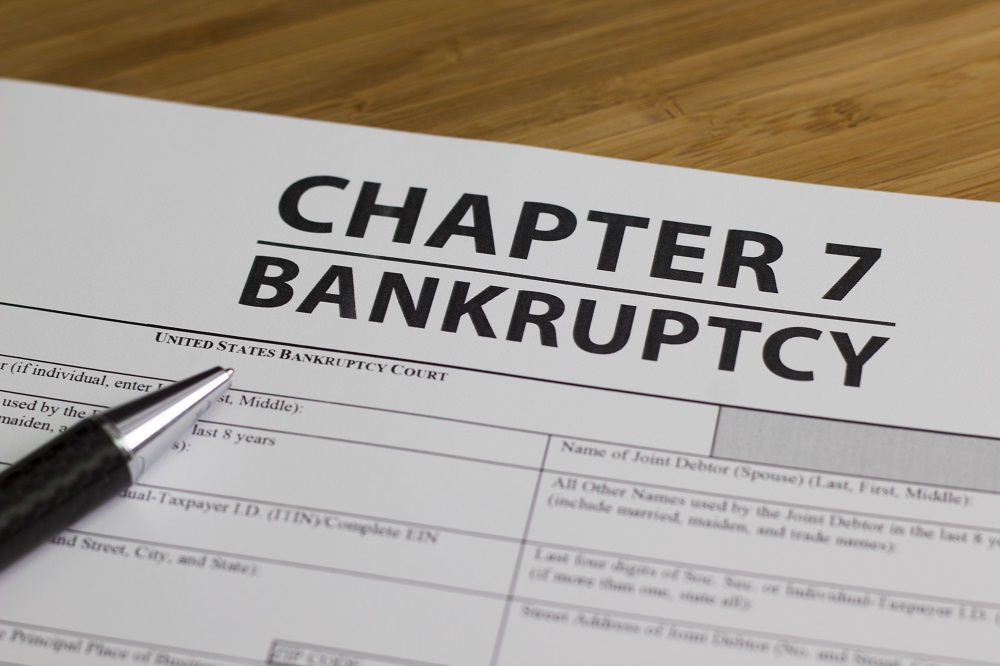Can You Switch between Chapter 7 and Chapter 13 Bankruptcy?
Imagine the following scenario – you are in the middle of bankruptcy filing when you get a better attorney who has a new suggestion for you. Is it possible to switch from one bankruptcy chapter to another in the middle of the process? There are good enough reasons to make the switch between Chapter 7 and Chapter 13 bankruptcy and vice versa. If both chapters are an option for you (you will have to pass the Arizona means test), here’s what you’ll have to do in order to complete the change.
Reasons to Change Bankruptcy Chapters
You may want to switch the bankruptcy chapter for several key reasons.
Most often, making the switch from the Chapter 7 to the Chapter 13 procedure occurs when you fail the means test. Your income has to be below the state average for Chapter 7 bankruptcy eligibility.
Keep in mind that a court cannot force you to opt for Chapter 13 bankruptcy filing. If you don’t want to make the switch, you can opt for having the entire bankruptcy procedure dismissed.
Making the switch from Chapter 13 to Chapter 7 usually occurs whenever your financial circumstances change in the middle of the process. This is particularly true for individuals who cannot keep up with the payments under their Chapter 13 bankruptcy plan.
As you can see, it is possible to make both kinds of switches. The process itself is fairly easy and it consists of several administrative steps.
How to Convert from One Bankruptcy Chapter to Another
In order to qualify for Chapter 7 bankruptcy, you will first have to pass the Arizona means test. If you cannot, it will be impossible to move forward with changing up the Chapter 13 bankruptcy filing.
You are entitled to a conversion under the Bankruptcy Code. The right cannot be taken away from you, even if the creditors object. To initiate the process, you will simply have to file a motion that will grant you the court’s permission.
Next, you will need to send a motion to your creditors and the bankruptcy trustee. If there are other interested third parties, they will also have to be informed about the upcoming bankruptcy chapter change.
Finally, a bankruptcy court hearing will be scheduled. It’s best to attend this session with your attorney. Depending on the circumstances, it is possible to face some objections that will have to be addressed in a professional manner. If nobody objects, the court may decide to grant the change of bankruptcy chapters without scheduling a hearing.
The New Rules Come into Effect
Once the bankruptcy court grants you the right to change up the bankruptcy filing, the new terms and conditions will become effective. You will typically have to attend a new meeting with your trustee to pinpoint the most important changes that will occur as a result of the alternative chapter.
 If you are making the switch from a Chapter 7 to a Chapter 13 bankruptcy, you will need to see your trustee. A repayment plan for the upcoming three to five years will be drafted on the basis of your current financial situation.
If you are making the switch from a Chapter 7 to a Chapter 13 bankruptcy, you will need to see your trustee. A repayment plan for the upcoming three to five years will be drafted on the basis of your current financial situation.
People who are making the switch from Chapter 13 to Chapter 7 may have to amend a few of the documents filed initially. Such changes will be required whenever the individual has accumulated some additional debt since the original Chapter 13 filing. In addition, a Statement of Intention will have to be filed. This document provides the court with information about what you intend to do with secured debt.
Just because you can switch between Chapter 7 and Chapter 13 bankruptcy or vice versa doesn’t mean you should go ahead and do it. Consider the implications carefully and when in doubt, ask experienced bankruptcy lawyers for clarifications. A change that may seem like a rational financial choice at the time being isn’t necessarily the right one.





